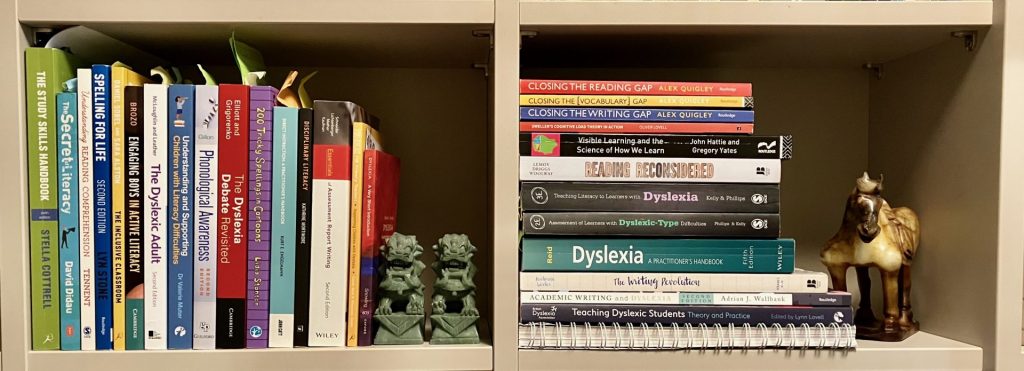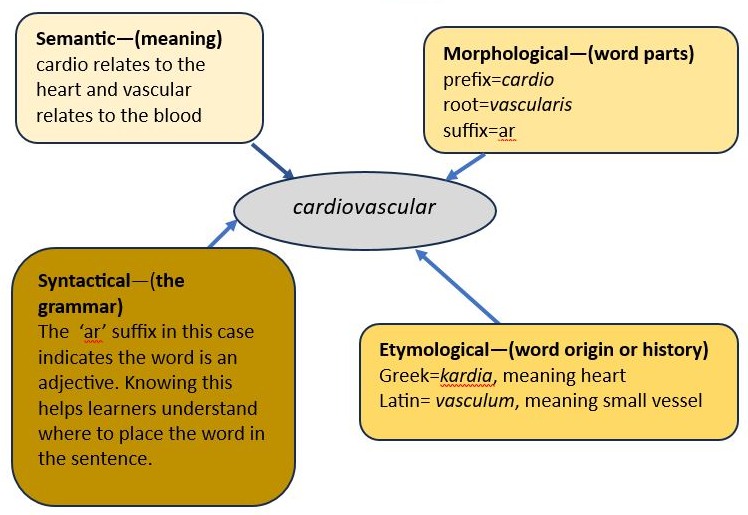Get in Touch for Dyslexia Support & Assessment Services

At Insight Dyslexia Services, I provide specialist dyslexia diagnostic assessments, one-to-one literacy support, and professional guidance for schools across the UK. Whether you’re a parent seeking answers or a school looking to build a more inclusive learning environment, I’m here to help. With years of teaching experience and specialist training, you’ll receive support that’s personalised, practical, and evidence-based.
Appointments available.
Contact Info
Insights & Advice
Here, I share expert insights, helpful advice, and practical tips on dyslexia, literacy support, and inclusive education. Whether you’re a parent, educator, or student, this space is designed to keep you informed, supported, and inspired. From understanding assessment processes to implementing classroom strategies, each post offers research-based guidance to help dyslexic learners thrive. Explore articles on specialist teaching, exam support, CPD for schools, and more—updated regularly to reflect new research and experience.

How to teach spelling
Spelling, grammar and punctuation (otherwise known as SPaG) is assessed in several GCSE subjects, from English to History, to Business and Physical Education. For this reason alone, it is worth considering how we can better equip students to develop a range of spelling strategies.

EAL and Dyslexia
As an AMBDA accredited assessor, I am a member of both the British Dyslexia Association (BDA) and the SpLD Assessment Standards Committee (SASC). My assessments are informed by the guidelines published by SASC.
© 2025 Insight Dyslexia Services



